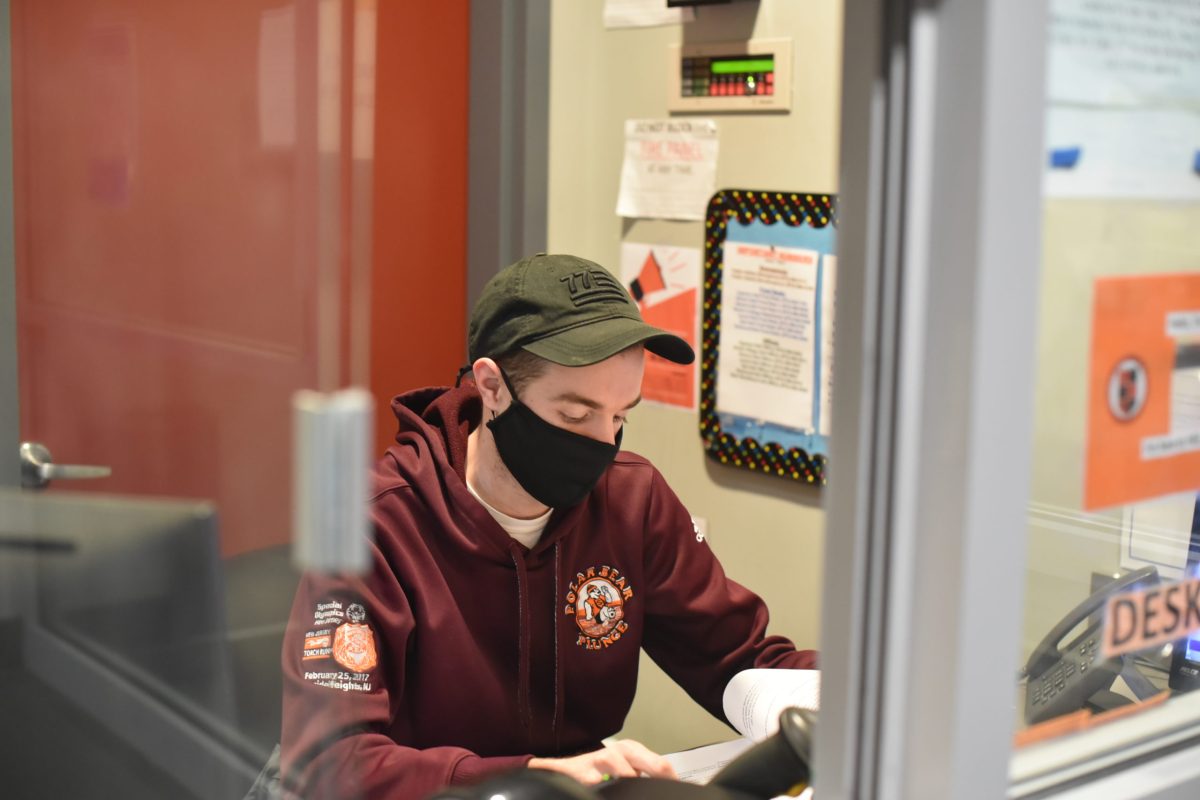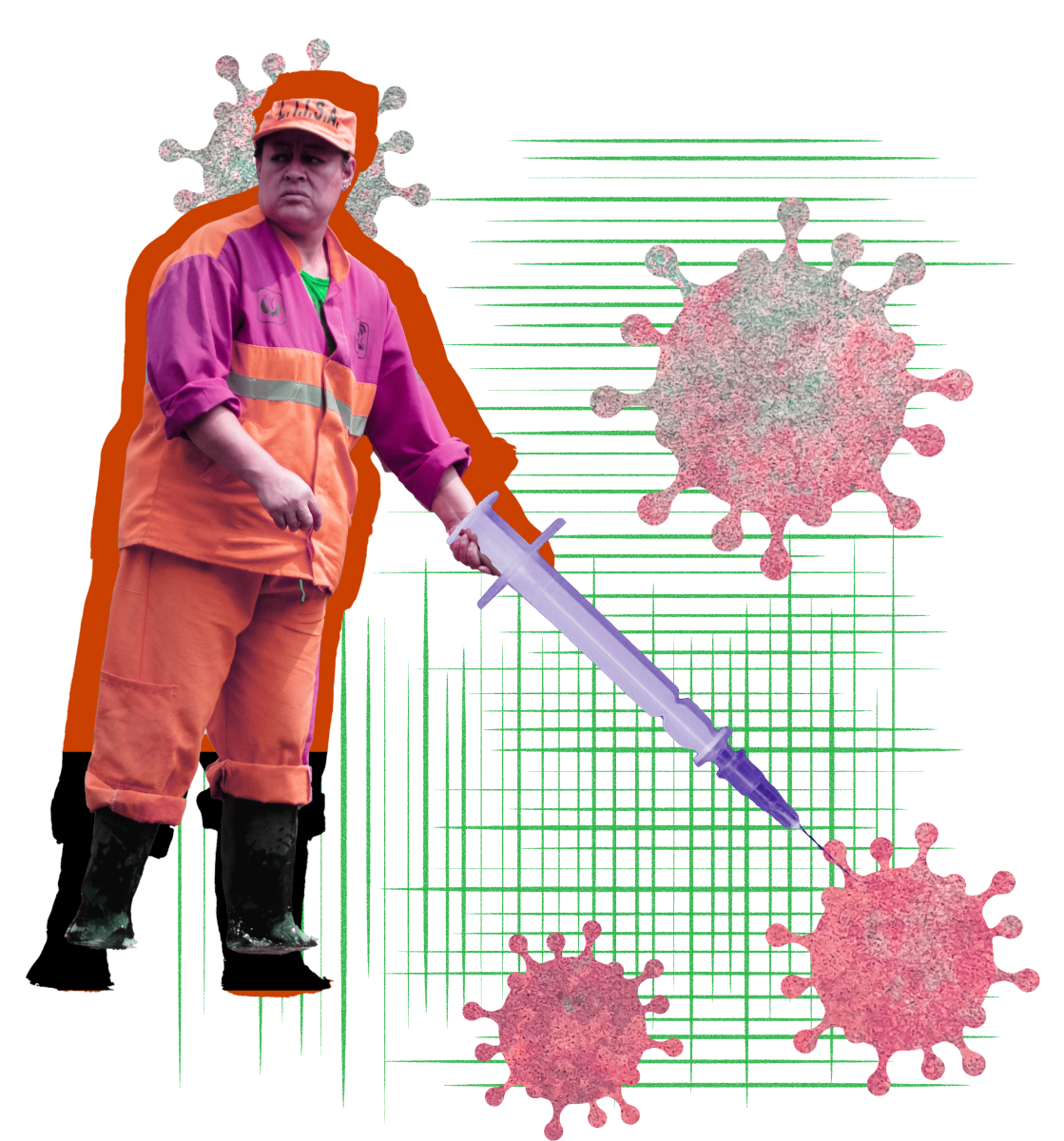Online schooling is not new, but it is the new normal. Converged and synchronous online lectures accompanying COVID-19 shutdowns have proven to be a learning experience for both students and faculty, who have had to adjust to provide learning environments online as naturally and effectively as possible.
The effectiveness of online courses is largely dependent on the subject being taught. Baruch Schieber, department chair of the department of computer science, didn’t have “any issues with online courses.” Online courses are a familiar beast to the department of computer science, “Like face-to-face courses… you can do it the right way, you can do it not the right way.” Schieber believed that the transition was done “very well” and commended his department’s instructors for taking the “extra effort” in ensuring that things were as smooth as possible.
The department of humanities faced a transition with more challenges, according to department chair Maurie Cohen. The department offers learning experiences that are more focused on active discussion compared to many engineering courses. However, online learning tools have proven to be less conducive to student-to-student interactions, with services such as Webex lacking breakout groups until September. NJIT’s math sciences department and humanities department both credited their transition to internal reviews of best practices for online content delivery.
Schieber challenges that notion “I think that its [converged] effectiveness… is inferior to going fully online.” While converged courses grant students an opportunity to come to class, they are plagued with issues absent from other lecture models.
Up until recently this semester, all 100 and 200 level courses have provided converged learning set-ups, while 300+ level courses are either synchronous online at the same time as a regular class would be, or asynchronous, with lectures or content posted online such as a typical online class does. Individual departments and professors had no control over which of their courses are online and which are converged. An unintended consequence of this policy is that most converged courses are being offered by the humanities department, the math department, and the computer science department.
According to Cohen, “the lion’s share of converged courses are being taught out of the College of Science and Liberal Arts.” The department of humanities offers dozens of sections of HUM 101 and HUM 102 since these are classes nearly every NJIT freshman takes. Additionally, most of these courses are taught by part-time adjunct professors, many of whom teach and commute to multiple universities. This means that the duty of teaching the most complex type of socially distant lectures falls mainly on professors with the least to gain and the least time to give.
One major issue of converged courses is attendance, with both Schieber and Cohen noting that many converged courses had very low attendance. Additionally, the students that do attend converged courses are not receiving the same lectures as a student would in an in-person course and instead are forced to split their attention between their in-person class and their online chat room.
Additionally, converged learning professors may be required to teach their classes in person, but the same cannot be said for their students. In some cases, students may have just one converged class a day, or even just a few converged classes throughout the entire week. Not only do students have no obligation to show up to converged classes in person, it is often not even be feasible for them to do so, leaving many classrooms with an empty shell of a classroom.
Virtual lectures have changed the way that students engage in class. Professors are given less immediate feedback on lectures in class when cameras are turned off. To address this challenge, Schieber holds simple quizzes over Canvas to keep students engaged during class. This motivates students to stay engaged and gives them a chance to improve their grades.
Cohen takes a more hands-off approach to student engagement. “I’m not so big on policing students… they’re adults, and they can make their own decisions.” He encourages students to contribute in the chat box of his lectures, but he finds it understandable that students may be worn down by a semester of online learning.
NJIT took great effort to continue in-person classes this semester, and transitioning face-to-face lectures to converged lectures took preparation on several fronts. In addition to NJIT professors, The Office of Digital Learning (ODL) has earned the appreciation of several departments. Professor Eliza Michalopoulou, department chair of mathematical sciences, describes the ODL as a “tremendous resource,” and thanked them for the advice and guidance that the department of mathematical sciences received.
The ODL organized several workshops over the summer, providing instructors with information on how to use the new technology granted to them by the University. Furthermore, every converged lecture should have a digital learning team member in the classroom to solve tech issues on the spot. NJIT faculty also installed an array of microphones in converged classrooms, and when those mics proved insufficient every instructor was gifted a wireless microphone to wear while conducting converged classes.
The department of mathematical sciences also established the Online Instruction Committee. The committee consists of instructors who were greatly familiar with online learning prior to the pandemic. According to Michalopoulou, several surveys were conducted during the summer and the fall to find which strategies worked – and didn’t work – in an online environment. The committee also observed student engagement and material comprehension in online courses. The department believes that their efforts “have led to high-quality instruction and educational opportunities.”
Just like with the previous converged learning model, individual departments are not given the final say in how many converged courses they deliver. These decisions have raised internal discussions among departments on the amount of autonomy given to NJIT’s departments in comparison to other universities.
As for now, for the upcoming spring semester, NJIT is implementing a different model for converged learning. Rather than having converged courses delivered at only 100 and 200 levels, all undergraduate courses will be eligible to be converged. Ideally, all courses with a single section to be converged, while courses with multiple sections will have 25% of those sections taught converged. This will allow for a more diverse set of converged courses for students who desire face-to-face interaction. This model allows greater flexibility on department ends, such that they can reduce the burden placed on its lower level class instructors. Additionally, since the same course can have one section be converged, and another section be fully online, students can now decide if they want to enroll in converged classes, which is estimated to improve attendance issues.
The road to socially distant learning has been long and lonely, and it looks like we aren’t getting off any time soon, particularly with rising cases and NJIT’s recent move to fully remote learning for the rest of the semester. Regardless, we must look towards the future and find a new normal for the time being. “These are the cards that we are dealt, then we have to play these cards. There’s no other way of doing it,” said Schieber.































